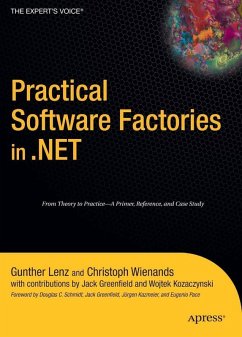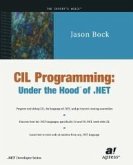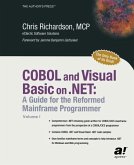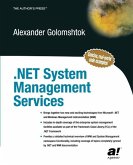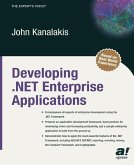The Software Factory methodology is based on recognition of these similarities and a drive to extend the concept of "reusability" to the point where we achieve entirely automated product lines. Based on an analysis and understanding of the common features and techniques of a set of applications, a Software Factory defines a tailored, end-to-end methodology for building these applications. At the heart of the Software factory methodology is the concept of Domain Specific Languages (DSLs), which in essence are development environments specifically tailored to the set of applications in hand. It removes a certain degree of flexibility but greatly enhances productivity by removing a lot of the coding complexity (for an analogy, consider the use of the now ubiquitous drag-and-drop controls in Winforms or Visual Basic).
Further, in the SF methodology, patterns, process advice, and best practices can be harvested and applied for all applications in the set.
There are some good books on the theory of SF already on the market. Up until this point, a lot of these concepts were fairly theoretical and abstract.
Further, in the SF methodology, patterns, process advice, and best practices can be harvested and applied for all applications in the set.
There are some good books on the theory of SF already on the market. Up until this point, a lot of these concepts were fairly theoretical and abstract.
Dieser Download kann aus rechtlichen Gründen nur mit Rechnungsadresse in A, B, BG, CY, CZ, D, DK, EW, E, FIN, F, GR, HR, H, IRL, I, LT, L, LR, M, NL, PL, P, R, S, SLO, SK ausgeliefert werden.
From the reviews:
"The purpose of this work is to introduce and demystify the concept of software factories in the .NET environment. ... The book covers both the theory and practice of software factories, including an acknowledgment of the genesis of the term in the late 1960s. ... this book is recommended reading for people involved in the management of large software development groups, particularly ones that develop many similar products. It provides a good theoretical discussion, and practical illustration ... in the creation of software solutions." (Neil D. Burgess, ACM Computing Reviews, Vol. 49 (3), March, 2008)
"The purpose of this work is to introduce and demystify the concept of software factories in the .NET environment. ... The book covers both the theory and practice of software factories, including an acknowledgment of the genesis of the term in the late 1960s. ... this book is recommended reading for people involved in the management of large software development groups, particularly ones that develop many similar products. It provides a good theoretical discussion, and practical illustration ... in the creation of software solutions." (Neil D. Burgess, ACM Computing Reviews, Vol. 49 (3), March, 2008)

